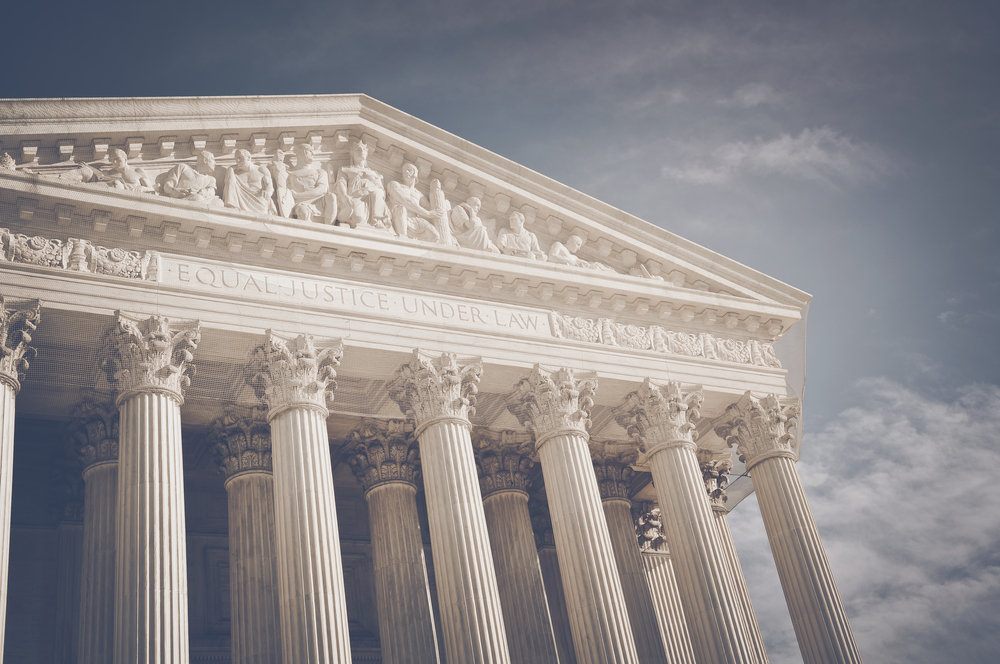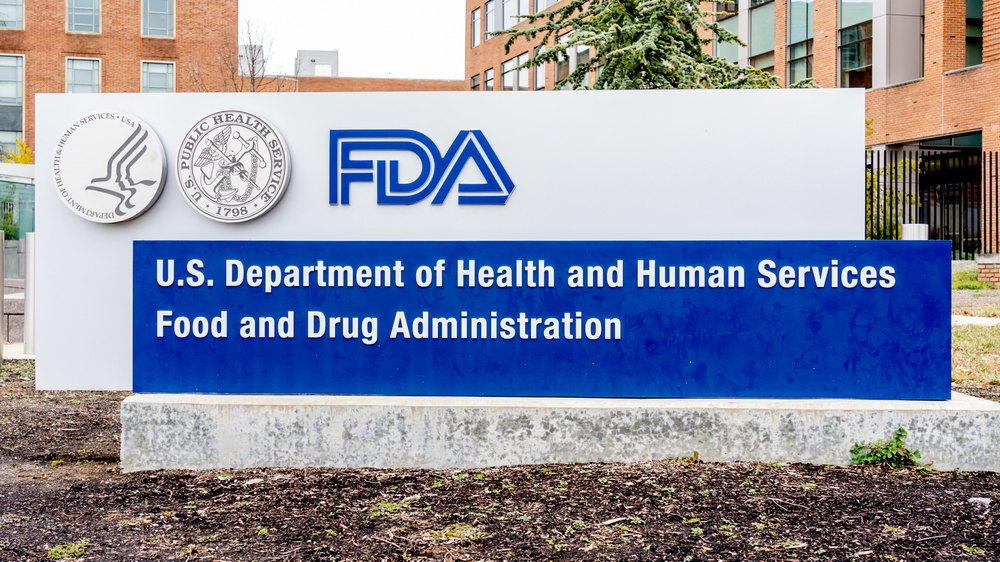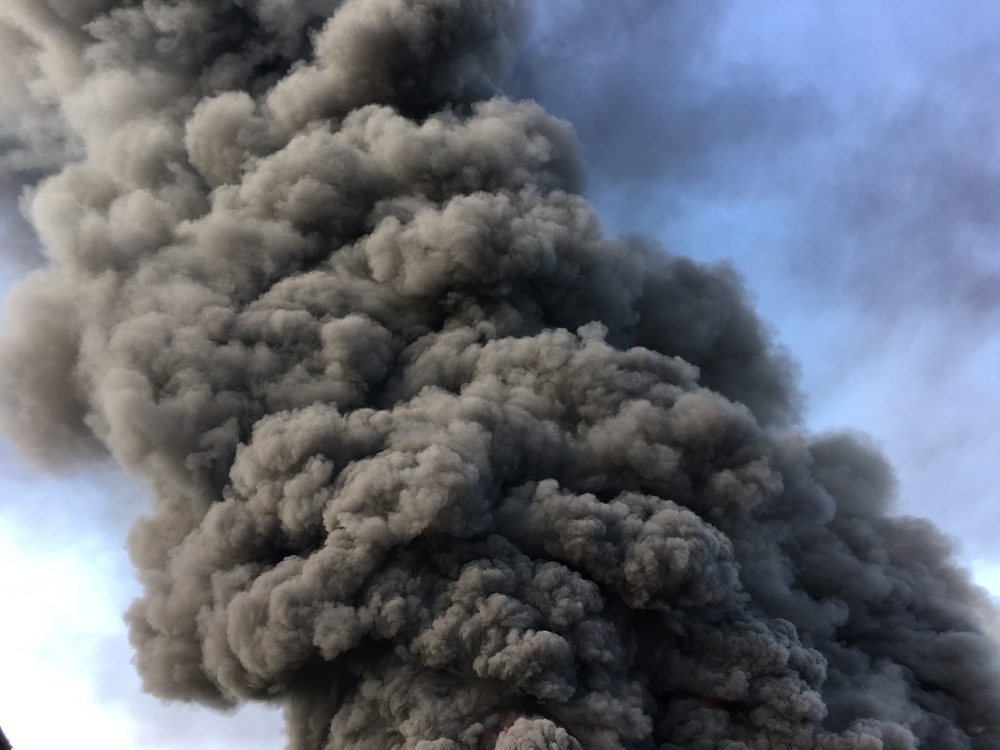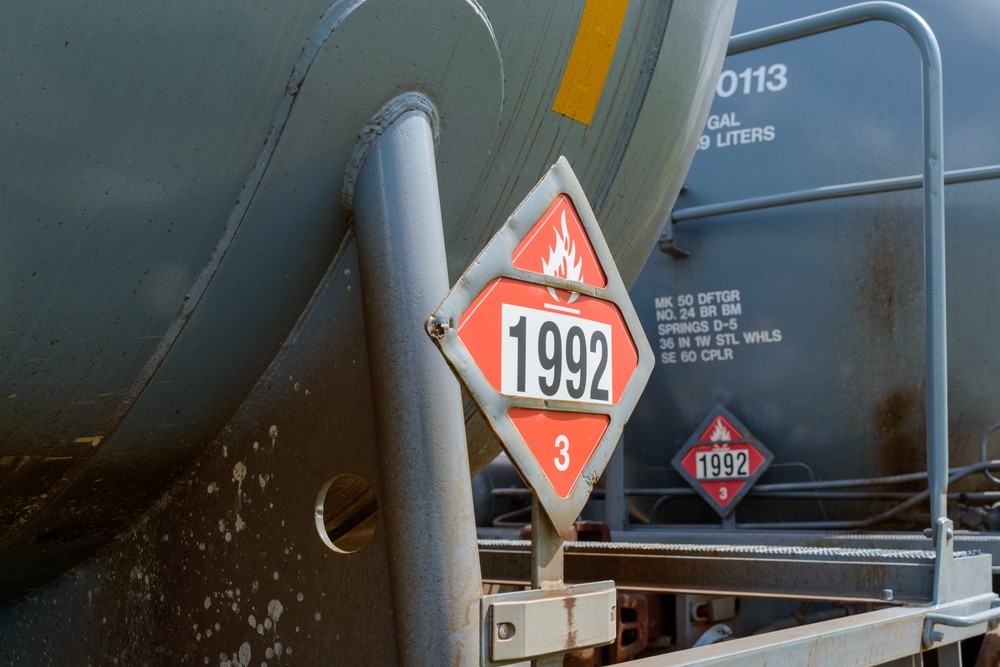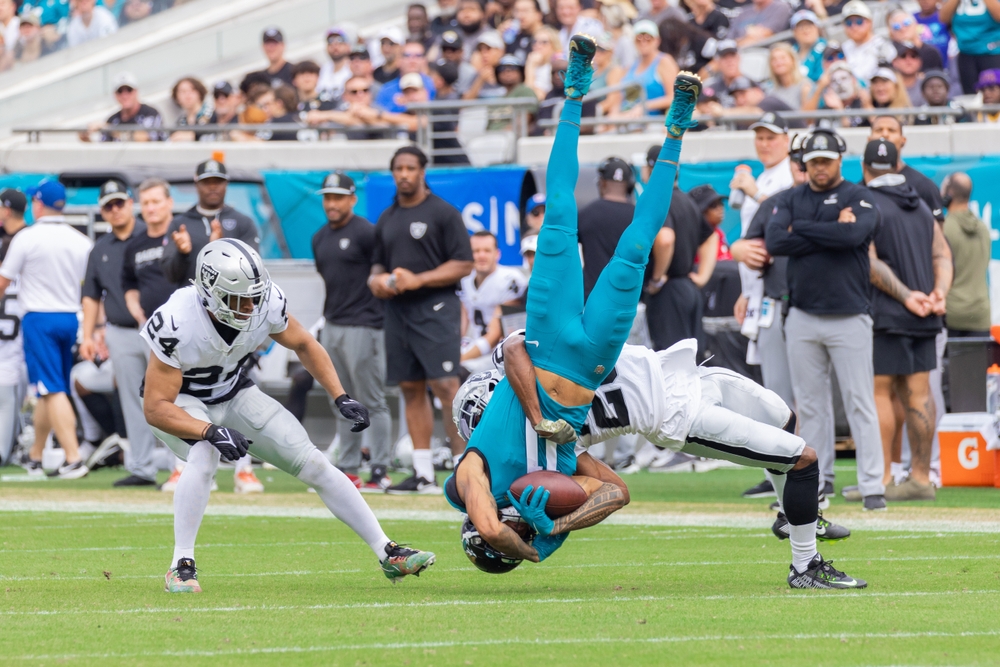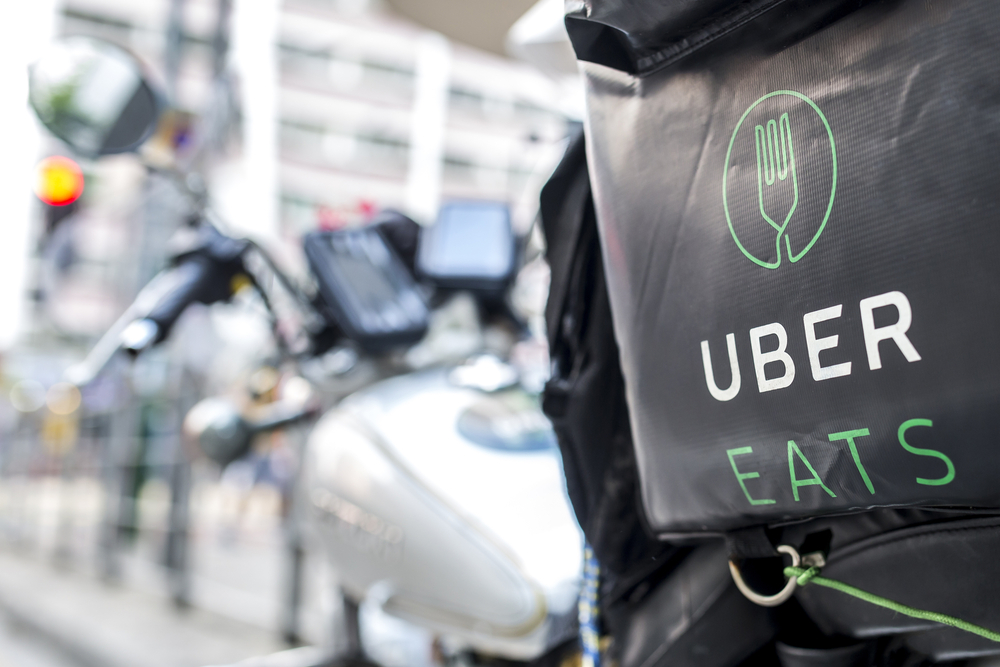Rideshare lawsuits a new specialty on the rise
Rideshare vehicles, such as those run by Uber and Lyft, have completed more than 11 billion trips since they began transporting passengers 10 years ago. This societal change has prompted a new type of lawsuits that is steadily increasing.
Drunk driving accidents are down as folks coming out of bars and restaurants can have a Lyft or Uber pick them up in minutes with just a couple of touches on their smartphones.
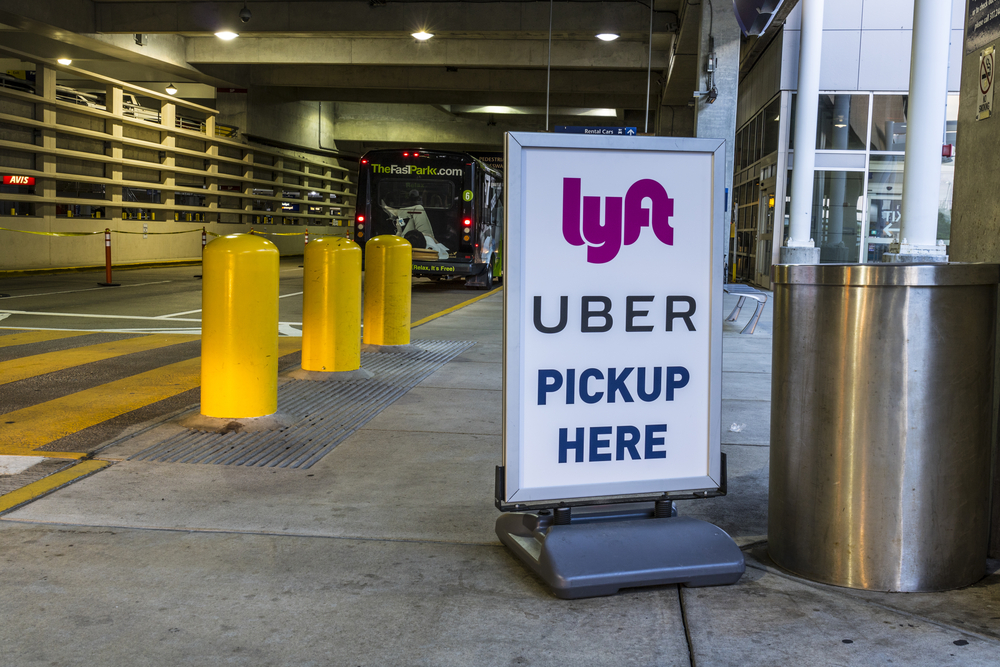
But Uber and Lyft drivers, some unaccustomed to the streets they are maneuvering and distracted by smartphone communications, are having accidents themselves with passengers in tow. With these accidents come disputes between customers, drivers, rideshare corporations and insurance companies.
RELATED: Wrongful death law may seem simple, but it’s not
RELATED: Need to track your lawsuit? There may be an app for that.

“It’s been about 10 years since this all started with Uber and Lyft. Probably in the last four years you’ve seen an uptick in litigation,” said Ashley Spires, an attorney who has expertise in rideshare law and works with the Childers, Schlueter & Smith law firm in Atlanta. “They aren’t as clear cut as your regular motor vehicle accidents, that are about determining who’s at fault and how much insurance do they have. There are a lot of complexities such as what type of car were you in and does your coverage come before (the rideshare driver’s) based on what phase of the ride they were in when the accident occurred.”
Like tens of thousands of other lawyers, Ann Ochsner, with the Whitley Law Firm in Raleigh, NC, also focuses on rideshare litigation. She accounts for this new focus of the law by looking at cause and effect.
“Increased injury and death claims make sense because people who didn’t have cars who were not on the road before now have access through Uber and Lyft,” she said.
This is not to say Uber or Lyft drivers are more likely to have accidents, it just means more people are on the road than a decade ago.
Factors and finances
As rideshare companies have become a bigger part of society and positive public opinion about them has ebbed and flowed, Uber and Lyft started osuffering $1 million worth of insurance coverage on accidents. But there are many factors that determine how much money a plaintiff in a rideshare-related accident might actually end up getting.
Spires and Ochsner shared a few of the numerous complexities.
- If a rideshare driver is in an accident while they are looking for a passenger but haven’t connected yet on the app, there is much less coverage than the $1 million rideshare companies offer on accidents while the driver is actively driving passengers
- If that $1 million is in play, it is per accident, not per passenger. So, if four people have medical bills in the hundreds of thousands of dollars, their joint coverage is capped at $1 million.
- If an uninsured or underinsured motorist is at fault in an accident with a rideshare vehicle, the passenger’s insurance comes into play first.
- Uber Black vehicles are required to carry commercial insurance, typically $1.5 million in coverage.
- Regulations, insurance and mandates vary state by state.
Safety and numbers
Uber released a safety report a year ago showing its drivers were involved in 97 fatal crashes in 2017 and 2018 combined. Those accidents caused a total of 107 deaths. The report pointed out that 36,000 people died in all U.S. car crashes in 2018 alone. It also calculated the number of fatal accidents its drivers were involved in per mile of total miles driven and concluded its accident rate per mile is half of the national average.
Media, such as the San Francisco Public Press independent website, questioned why the report offered no data on the number of non-fatal accidents. Broken limbs, concussions or back and neck injuries for both drivers and passengers can affect their lives and livelihood for months or years.
A San Francisco Public Press investigative report found interesting data from the city’s police department and the California Public Utilities Commission, which is the state’s primary regulator, and the California Department of Insurance. According to the story, seven out of 47 traffic fatalities in San Francisco in 2018 to August 2019 involved a rideshare vehicle.
Also, from 2014 to 2016, insurance companies incurred $185.6 million in payouts from 9,388 claims related to car accidents involving rideshare vehicles, the story stated.
More than 150 lawsuits filed in San Francisco Superior Court claim Uber vehicles wrongfully injured other parties, whether passengers or passengers in other cars. Litigants repeatedly claimed Uber drivers were poorly trained and driving dangerously, allegations that were denied by Uber and its drivers.
Thousands of law firms on the Internet advertise the benefit of their assistance with litigation and filing insurance claims for people involved in car accidents with a rideshare vehicle. Hundreds of these law firms list reasons rideshare companies as much as drivers are to blame. They include a lack of screening drivers enough, allowing individuals to work long hours without breaks and work in cities with which they are not familiar with the roads.
Spires, who is a LegalExaminer.com affiliate, said she doesn’t have statistics to support these claims, however, anecdotal facts point to situations that are ripe for accidents.
“I will say in my experience with accidents we see many of the people driving for a rideshare company, it is rarely the person’s sole employment, which would suggest they are driving at night (after working another job). In that regard you could see some fatigue,” she said.
Employee or contractor makes a big difference
In most states, rideshare drivers are considered independent contractors and not employees of companies such as Uber or Lyft. Those corporations vigorously fight efforts to pass laws to the contrary. They are also offering more perks, such as the $1 million additional coverage for contractors, to try to appease lawmakers, drivers and customers.
“If drivers are deemed employees it opens Uber and Lyft up to their corporate assets and an unlimited amount of money,” Spires said.
Both Spires and Ochsner predicted the rideshare landscape will continually change in each state.

“Truck drivers are heavily regulated, Uber drivers not so much. Truck drivers are driving around in 20-ton vehicles. They are the biggest monsters on the road,” Ochsner said. “Uber drivers are in Honda Civics and are less of a threat to everyone else on the road. But still, they have people in the back of their cars.”
She questioned why there aren’t stricter regulations in every state on this burgeoning industry that’s only getting bigger.
“Sometimes there is a lag time between advances in science, technology and society,” she said, “and the laws catching up with them.”
Be sure to visit the Legal Examiner Auto Accident Help Center or our Workplace Injury Help Center for more.
Contact Katherine Snow Smith at Katherine@legalexaminer.com. Follow her on Twitter at @snowsmith.








